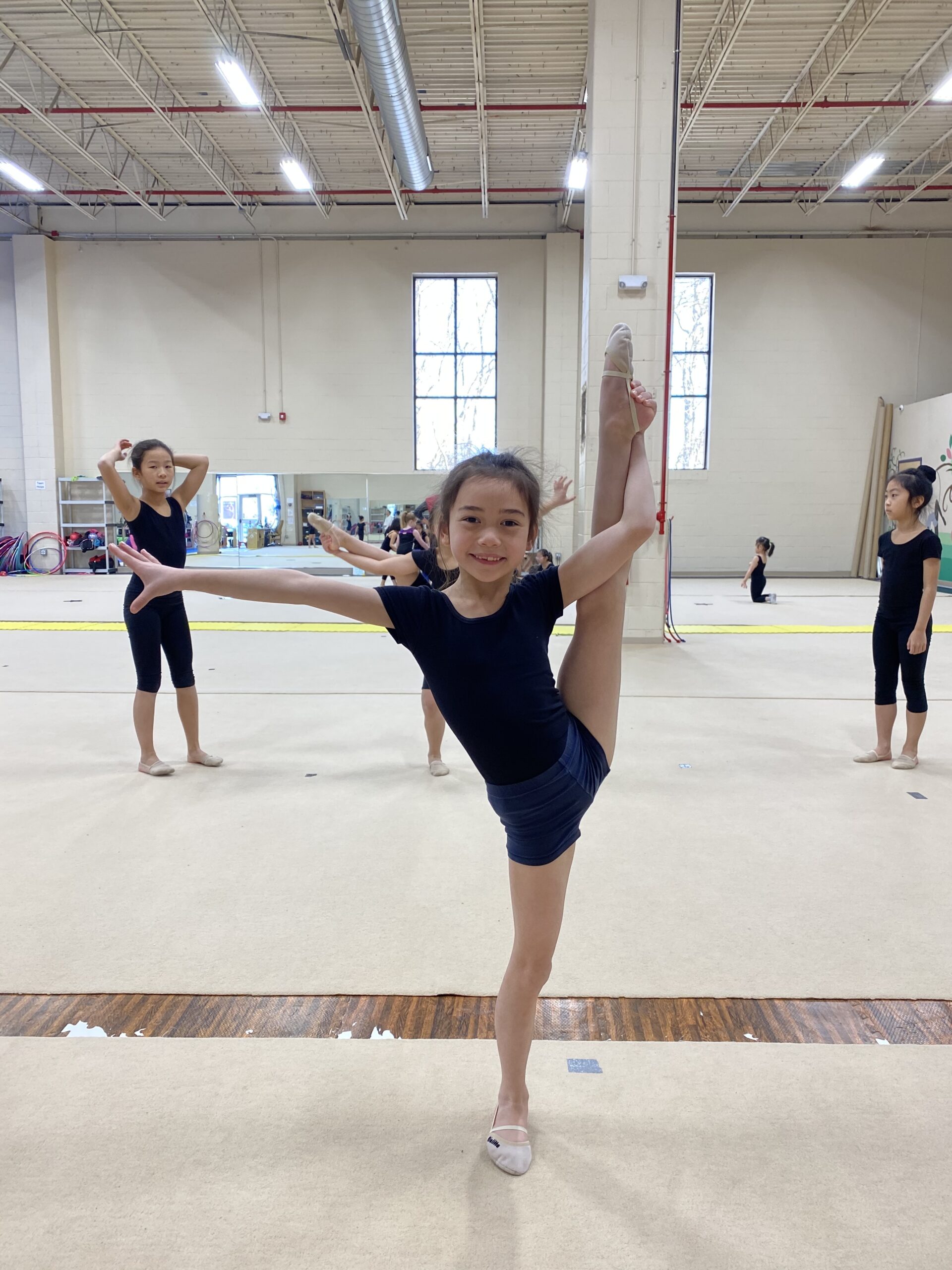

Doing workouts such as pushups and crunches will help build strength. Practice is the best way to achieve the best handstand possible. Pretend to push the floor away to lengthen your body.Engaging glute and abdominal muscles help keep you balanced.The wall helps hold your balance while you build strength in your arms and find the correct form.Walk your legs up a wall until you are in a handstand position.Tricks to help you get a better handstand This is one of the most popular beginner gymnastics moves. To have this perfected you must be able to hold it for numerous consecutive seconds and have good form. Handstands help build strength in your shoulders and prepare you for harder tricks (i.e. If needed, ask a friend, parent, or coach to support your legs.Ī handstand is where you are upside down holding yourself up with your arms.Repetition and good form are key in perfecting tour backward roll. It is considered to be a bit more challenging than a forward roll, as the reverse motion can sometimes take some getting used to. Stand back up, keeping your hands to the skyĪ backward roll builds off of the prior knowledge of a forward roll when it comes to gymnastics for beginners.Forward rolls will build strength and spatial awareness to ready you for harder moves.

#Gymnastic moves for 5 year olds how to#
Now we will go over 11 basic gymnastics skills, what they are and how to do them.Ī forward roll is the most elementary of these gymnastics skills for beginners. Practice, strength building, and stretching are the best ways to help yourself get to each checkpoint in gymnastics. Each skill is a gateway that will assist you in achieving harder moves. It is important to develop and master basic skills to help you build up the strength needed to continue moving forward in gymnastics. Increases strength and stability in ankles, calf muscles (achilles tendon, gastrocnemius, soleus).To do this, put your foot on the inside of your opposite leg and try to balance.

An AirBoard or AirTrack provides a pressure-customizable jumping surface that can range from stiff to soft, mimicking the feeling of jumping on sand. To minimize joint and bone damage it is highly recommended to have a soft landing surface. When jumping, your feet should lift 1-2 inches off of the ground. When jump roping, you have to make sure your knees and feet are close together. Hold this position without touching your legs for as long as you can. To do a proper wall sit start with your back flush to the wall, and position yourself like you are sitting in a chair. Improves flexibility in shoulders, feet, and hamstrings.Improves strength in your arms, core, and quads.It can be helpful to be on something cushioned like an AirTrack or yoga mat, to minimize the impact on your elbow and ankle joints. To start, put your arms directly under your shoulders, hold your body perfectly straight (like a wood plank), squeeze your glutes, and hold. Here are some simple drills and exercises you can do to start prepping your body for gymnastics: In this article, we’ll take a look at several basic gymnastics skills to develop when you’re first starting out. These movements build off one another in order to achieve harder skills such as back handsprings and other flips.Įven as you get older, it is imperative that you continue training your foundational skills to perfect your technique. Basic skills such as forward rolls, handstands, and cartwheels are some of the foundational gymnastic skills you first learn in classes. Whether you have gold medal aspirations or just looking to boost your sport performance, gymnastics training will build your strength, stamina, balance, and flexibility making gymnastics a great gateway to other sports.Īs a gymnast, you quickly learn the building blocks of the sport to help you progress as an athlete.

Starting gymnastics is a great way to improve physically, mentally, and socially.


 0 kommentar(er)
0 kommentar(er)
